Silicone products are everywhere in daily life and industrial applications. In the silicone manufacturing system, equipment plays a decisive role. This article introduces the key machines used at each stage of silicone production, explaining their functions and process essentials, so you can understand the core of silicone manufacturing from start to finish.
Raw Material Preparation: Mixing and Compounding Equipment
The first stage in silicone production is material processing. High-quality mixing ensures uniform physical properties and lays the foundation for consistent molding results. Main machines include kneaders, two-roll mills, and cooling-storage systems.
Kneader / Banbury Mixer
- The kneader is a key machine for processing raw silicone. It mixes base rubber, fillers, pigments, and additives under high shear. Inside the sealed chamber, twin rotors generate friction and compression to heat and disperse materials evenly.
- Modern kneaders are equipped with temperature control systems to prevent premature curing. For transparent or medical-grade silicone, precise temperature and time control are essential to maintain clarity and purity.
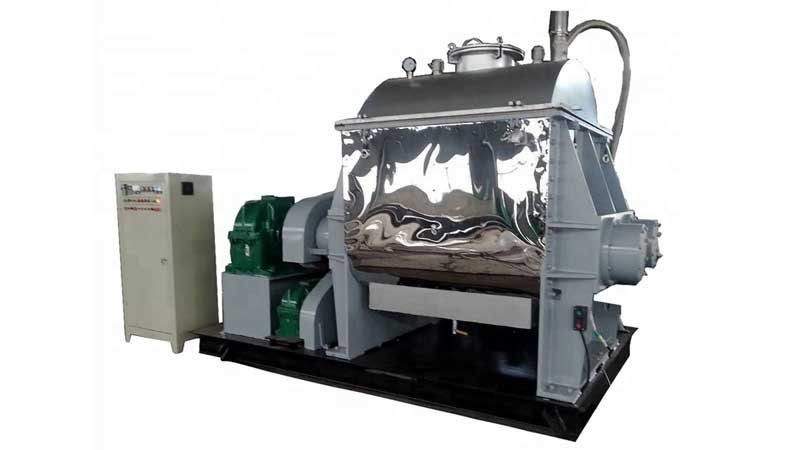
Two-Roll Mill
- After kneading, the compound is refined in a two-roll mill. Two steel rollers rotate in opposite directions to press and flatten the material, improving dispersion of pigments and additives. At this stage, operators can adjust thickness, add color, or combine other materials.
- Temperature and roller gap must be well controlled. Too high a temperature can cause scorching or premature vulcanization, while too low a temperature leads to uneven mixing and poor workability.
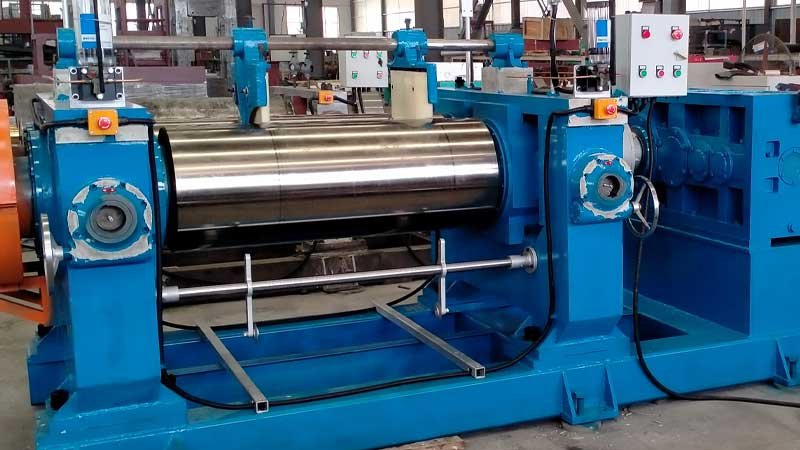
Cooling and Storage System
- After milling, the silicone compound remains hot and needs cooling to stabilize its molecular structure. Common equipment includes cooling conveyors, automatic cutting machines, and storage racks. Some systems use vacuum storage tanks to remove trapped air, ensuring high density and uniformity in later molding.
Molding Stage: The Core of Product Formation
Molding is the key step where silicone takes its final shape. Depending on the material and product type, common machines include compression molding presses, injection molding machines, and extrusion machines.
Compression Molding Machine
- Compression molding is used for solid silicone products such as seals, gaskets, keypads, and kitchenware. The heated mold and applied pressure allow the silicone to cure and form its final shape.
- Modern presses feature automatic venting and temperature control systems to ensure dense, bubble-free products. Cycle time depends on part thickness and curing system. For larger or multi-cavity molds, vacuum presses are preferred for improved appearance and transparency.
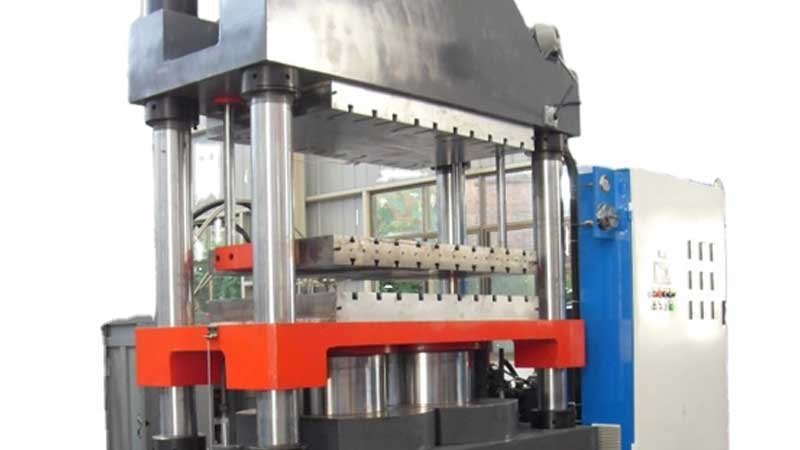
Liquid Injection Molding Machine (LIM)
- LIM machines process liquid silicone rubber (LSR), ideal for high-precision, clean applications like baby items, electronic parts, and medical components.
- These systems include a feeding unit, metering-mixing unit, injection system, and mold assembly. Two liquid components are mixed in a precise ratio and injected under high pressure for automatic molding and curing.
- LIM offers high efficiency, minimal waste, and excellent consistency. It’s the mainstream choice for precision and hygiene-critical products.
Extrusion Machine
- Extruders are used to make continuous silicone profiles such as tubes, seals, and cable sleeves. The screw rotates to plasticize and push the compound through a die head, forming continuous shapes.
- The extruded silicone is then cured in a hot air vulcanizing (HAV) oven. Parameters such as temperature distribution, screw speed, and die design determine surface smoothness and dimensional accuracy. Advanced machines often include vacuum venting to increase product density and stability.
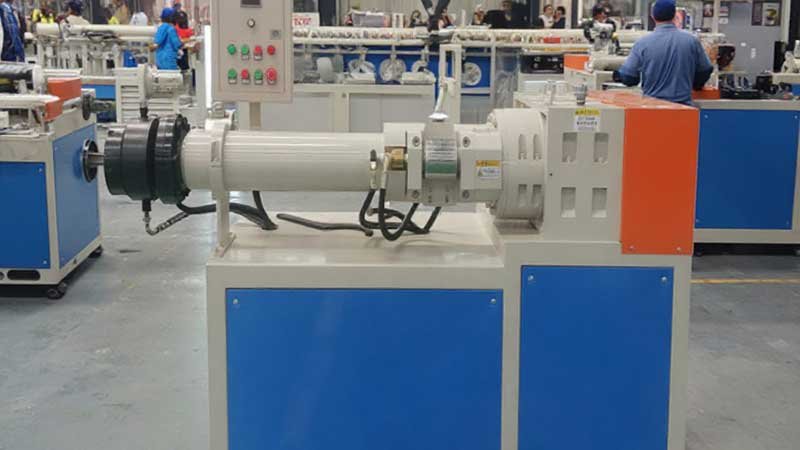
Vulcanization and Curing: The Key to Stable Performance
Vulcanization transforms silicone from a plastic state into an elastic solid. Heat or chemical reactions create a three-dimensional network that gives silicone its flexibility and durability.
Hot Air Vulcanizing Oven
- HAV ovens are widely used for extruded silicone products. Uniform hot airflow ensures complete crosslinking.
- The temperature is usually around 200°C, and conveyor speed is adjusted based on product thickness. Good air circulation prevents yellowing or bubbling, ensuring consistent color and finish.
Tunnel Vulcanization Line
- Tunnel lines are designed for continuous production of long products like tubing or cable jackets. Multi-zone temperature control allows precise heating, curing, and cooling.
- With automatic feeding, unloading, and cooling, these systems achieve fully automated production—improving efficiency and consistency. For high-volume or standardized products, tunnel lines greatly reduce costs.
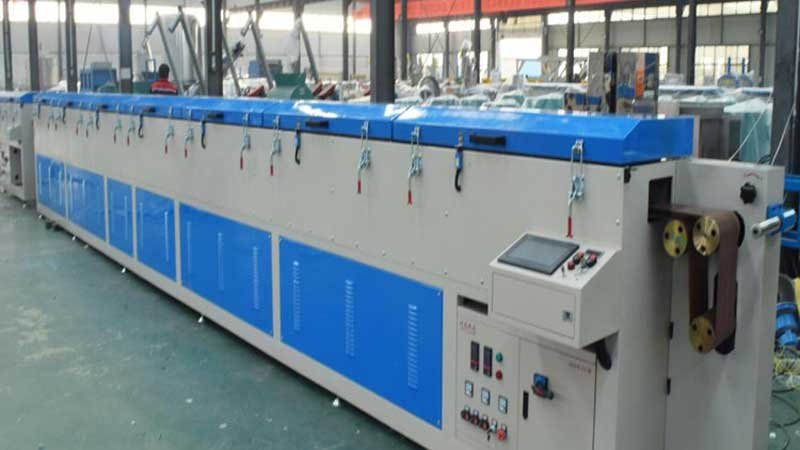
Post-Processing and Surface Treatment Equipment
After molding, many silicone products require secondary processing to improve appearance, texture, or functionality.
Trimming / Deburring Machine
- Molded products often have excess flash at the edges. Automatic deburring machines use low-temperature freezing to make flash brittle, then remove it through tumbling or high-speed blades.
- Compared with manual trimming, automated systems are faster, cleaner, and more consistent in appearance.
Screen Printing / Pad Printing Machine
- These machines print logos, text, or decorative patterns on silicone surfaces. Screen printing suits flat products, while pad printing works for curved or complex shapes.
- Before printing, surface treatment may be applied to improve ink adhesion. Some advanced printers have UV curing systems to speed up drying and boost production efficiency.

Spraying / Coating Equipment
- Spraying or coating adds special surface effects like silky touch, dust resistance, or wear protection. Medical and food-grade products often undergo plasma or corona treatment before coating to remove impurities and enhance adhesion.
- Modern coating lines use robotic arms in clean environments for smooth, even, and eco-friendly finishes.
Testing and Quality Control Equipment
To ensure consistent performance and appearance, every silicone product must pass strict quality checks. Common testing devices include:
| Test Item | Equipment | Purpose |
| Hardness Test | Shore Hardness Tester | Measures hardness consistency |
| Tensile Test | Tensile Machine | Tests strength, elongation, and break performance |
| Density Test | Density Meter | Checks material uniformity |
| Aging Test | Hot Air Aging Oven | Evaluates heat and aging resistance |
| Yellowing Test | UV Aging Tester | Assesses color stability of transparent or light-colored silicone |
High-end production lines may also include visual inspection systems for real-time monitoring of size and defects, ensuring uniform quality.
Conclusion
High-quality silicone products depend on the right combination of machines and precise process control. From raw material mixing to molding, vulcanization, and testing, each stage has its essential equipment. Together, they ensure that every silicone product delivers stable performance, fine appearance, and reliable quality.